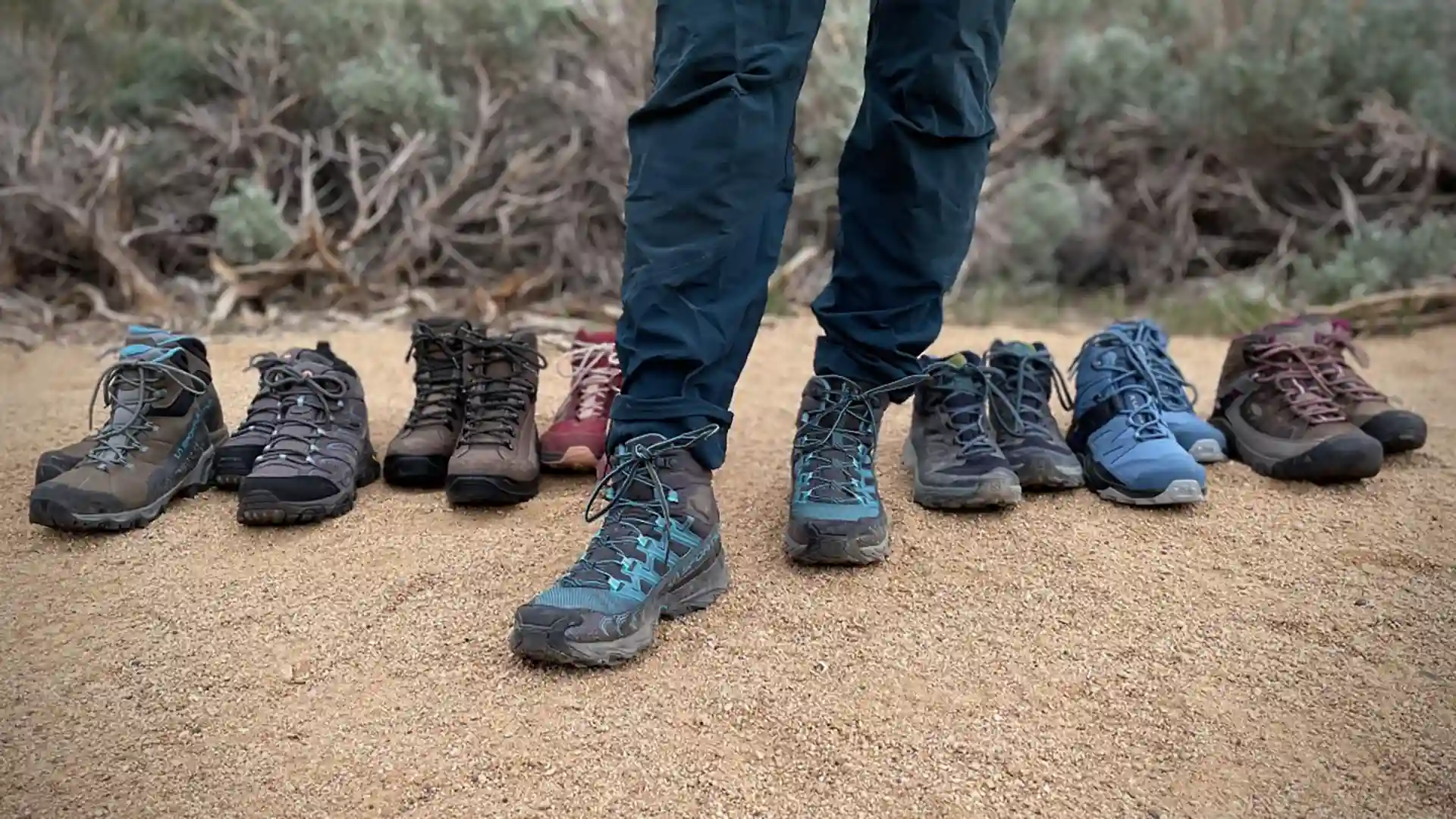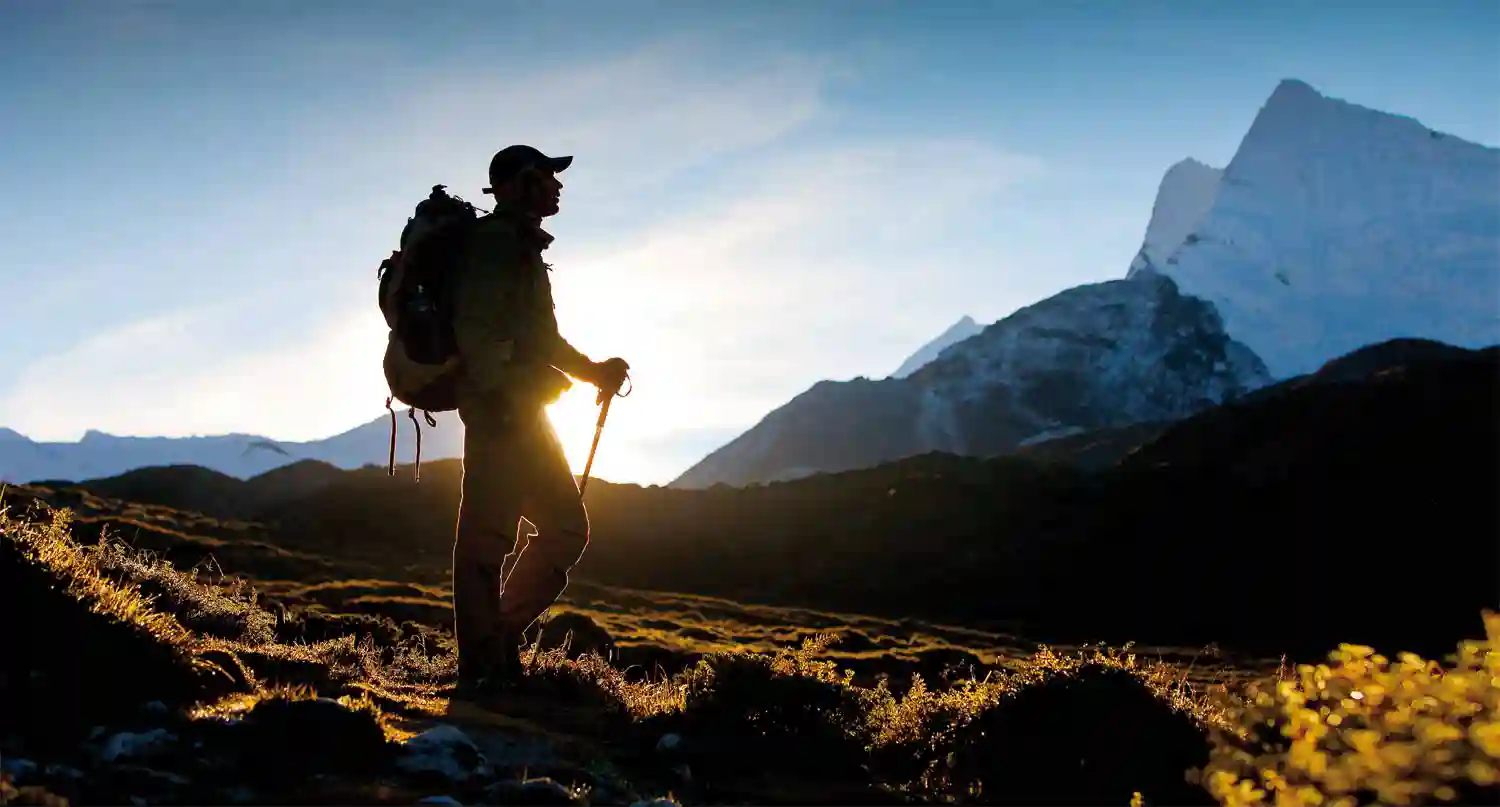Trekking gear has come a long way since the days of heavy woolen socks and cumbersome canvas tents. Modern innovations have revolutionized the way we experience the great outdoors, making trekking more accessible, comfortable, and safe. However, with every advancement comes controversy. Are these innovations truly beneficial, or are they just marketing gimmicks designed to lighten our wallets? Let’s dive deep into the latest advances in trekking gear and explore what they mean for the modern adventurer.
- Ultralight Backpacks: A Blessing or a Curse?
The Innovation:
Ultralight backpacks have become a game-changer in the trekking world. Made from high-tech materials like Dyneema and ripstop nylon, these backpacks can weigh as little as 1 pound. The idea is to reduce the load on your back, allowing for faster and longer treks without fatigue.
The Controversy:
While the weight reduction is undeniably advantageous, there are trade-offs. Critics argue that ultralight backpacks compromise on durability and comfort. Without the robust frame and padding of traditional backpacks, hikers may experience more discomfort on longer treks. Additionally, the minimalist design often means fewer compartments and less organization, which can be a hassle for some trekkers.

- High-Tech Fabrics: Innovation or Overkill?
The Innovation:
Advancements in fabric technology have led to the development of clothing and gear that are lighter, more breathable, and more weather-resistant than ever before. Materials like Gore-Tex Infinium and Polartec Alpha offer superior performance in extreme conditions.
The Controversy:
High-tech fabrics come at a high cost, leading some to question whether they are truly necessary. Traditionalists argue that tried-and-tested materials like wool and down still provide excellent performance at a fraction of the price. Moreover, the environmental impact of producing synthetic materials is a growing concern among eco-conscious trekkers.
- GPS Watches: Essential or Excessive?
The Innovation:
Modern GPS watches are packed with features like topographic maps, heart rate monitoring, weather alerts, and route tracking. Devices like the Garmin Fenix series have become indispensable tools for serious trekkers.
The Controversy:
Despite their utility, some trekkers view GPS watches as an unnecessary luxury. They argue that traditional navigation tools like maps and compasses are more reliable and foster a deeper connection with nature. Additionally, the dependence on technology can be problematic in remote areas where battery life and signal reception are issues.

- Smart Footwear: Game Changer or Gimmick?
The Innovation:
Smart footwear, including boots with integrated sensors that track your steps, monitor your gait, and even adjust to provide optimal support, is the latest trend in trekking gear. Companies like Salomon and Nike are at the forefront of this innovation.
The Controversy:
Skeptics question the practicality and durability of smart footwear in rugged conditions. The added electronics can be susceptible to damage from water, mud, and rough terrain. Additionally, the high cost of these products may not justify the incremental benefits they provide over traditional trekking boots.
- Portable Solar Chargers: Lifesaver or Liability?
The Innovation:
Portable solar chargers allow trekkers to power their devices in remote locations. These lightweight, foldable panels can charge everything from smartphones to GPS devices, ensuring you stay connected and safe.
The Controversy:
While the ability to charge devices on the go is undoubtedly convenient, some argue that reliance on electronics detracts from the wilderness experience. There’s also the issue of inconsistent solar availability in unpredictable weather, which can render these chargers ineffective when you need them most.
- Water Filtration Systems: Revolution or Redundancy?
The Innovation:
Advanced water filtration systems like the LifeStraw and Sawyer Squeeze have made it easier than ever to access safe drinking water in the wild. These compact, lightweight devices can filter out bacteria, protozoa, and even some viruses, making natural water sources safe to drink.
The Controversy:
Despite their effectiveness, some trekkers still prefer traditional methods like boiling water or using iodine tablets, citing concerns about the long-term reliability and potential mechanical failure of filtration devices. Additionally, there are debates about the environmental impact of disposable filter cartridges and whether they are truly a sustainable option.
- Insulated Sleep Systems: Too Much Comfort?
The Innovation:
Modern sleeping bags and pads have seen significant improvements in insulation technology. Materials like PrimaLoft and Therm-a-Rest’s NeoAir provide exceptional warmth and comfort without adding extra weight.
The Controversy:
The question arises whether these luxuries are diluting the authentic trekking experience. Traditionalists believe that enduring the natural elements is part of the adventure, and that overly comfortable gear may lead to a disconnect from the true essence of trekking.
- Eco-Friendly Gear: Genuine Progress or Greenwashing?
The Innovation:
As environmental concerns grow, manufacturers are developing gear made from recycled and sustainable materials. Companies like Patagonia and The North Face are leading the charge with eco-friendly products.
The Controversy:
Critics argue that some brands are engaging in “greenwashing,” marketing their products as environmentally friendly without making substantial changes to their manufacturing processes. There’s also the question of whether eco-friendly products can match the performance and durability of traditional gear.

- High-Altitude Drones: Helpful or Harmful?
The Innovation:
Drones equipped with high-resolution cameras and GPS have become popular among trekkers for capturing stunning aerial footage and aiding in navigation.
The Controversy:
The use of drones in wilderness areas has sparked significant debate. While they can provide valuable assistance and breathtaking views, they also raise privacy and environmental concerns. The noise and presence of drones can disturb wildlife and detract from the natural serenity that many seek in the outdoors.
- Self-Inflating Tents: Miracle or Myth?
The Innovation:
Self-inflating tents use air-filled frames instead of traditional poles, making them quick and easy to set up. These tents promise to save time and effort, especially in adverse weather conditions.
The Controversy:
There are doubts about the durability and reliability of these tents in extreme conditions. Punctures and leaks can render them useless, and the additional weight of the air pump and materials may offset the convenience they offer.
Conclusion: Navigating the Future of Trekking Gear
The world of trekking gear is constantly evolving, driven by technological advancements and changing consumer demands. While these innovations offer exciting possibilities, they also come with their share of controversies and challenges. As trekkers, it’s essential to balance the allure of cutting-edge gear with practical considerations and personal preferences.
Ultimately, the best gear is the one that meets your specific needs and enhances your trekking experience without compromising on safety or sustainability. Whether you embrace the latest innovations or stick to tried-and-true methods, the goal remains the same: to explore and enjoy the great outdoors in all its splendor.
For expert advise contact Adventure Master Trek.

